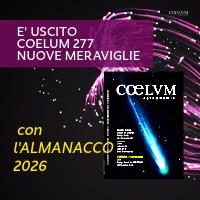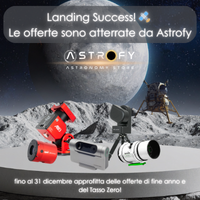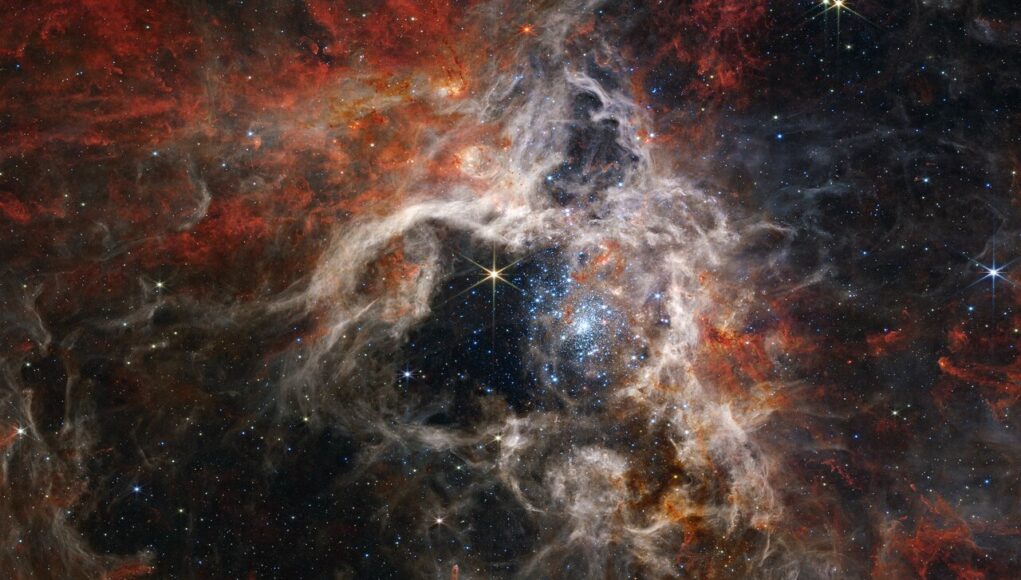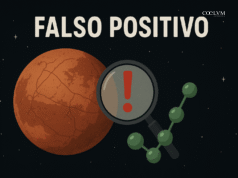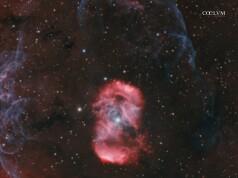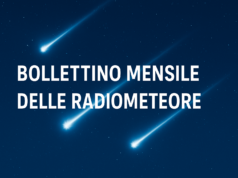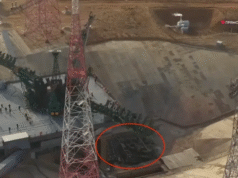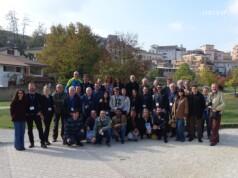Migliaia di giovani stelle mai viste prima vengono avvistate in un vivaio stellare chiamato 30 Doradus, catturato dal telescopio spaziale James Webb della NASA/ESA/CSA. Soprannominata la Nebulosa Tarantola per l’aspetto dei suoi filamenti polverosi nelle precedenti immagini del telescopio, la nebulosa è stata a lungo una delle preferite dagli astronomi che studiano la formazione stellare. Oltre alle giovani stelle, Webb rivela galassie di fondo lontane, nonché la struttura dettagliata e la composizione del gas e della polvere della nebulosa.
A soli 161.000 anni luce di distanza nella galassia della Grande Nube di Magellano, la Nebulosa Tarantola è la regione di formazione stellare più grande e luminosa del Gruppo Locale, le galassie più vicine alla nostra Via Lattea. Ospita le stelle più calde e massicce conosciute. Gli astronomi hanno concentrato tre degli strumenti a infrarossi ad alta risoluzione di Webb sulla Tarantola. Visto con la telecamera a infrarossi vicini (NIRCam) di Webb, la regione assomiglia alla casa di una tarantola scavatrice, foderata con la sua seta. La cavità della nebulosa centrata nell’immagine NIRCam è stata svuotata dalle vesciche radiazioni di un ammasso di giovani stelle massicce, che brillano di un azzurro pallido nell’immagine. Solo le aree circostanti più dense della nebulosa resistono all’erosione dei potenti venti stellari di queste stelle, formando pilastri che sembrano puntare all’indietro verso l’ammasso. Questi pilastri contengono protostelle in formazione, che alla fine emergeranno dai loro bozzoli polverosi e prenderanno il loro turno per modellare la nebulosa (vedi immagine copertina dell’articolo).
Lo spettrografo nel vicino infrarosso di Webb (NIRSpec) ha catturato una stella molto giovane mentre faceva proprio questo. Gli astronomi in precedenza pensavano che questa stella potesse essere un po’ più vecchia e già in procinto di eliminare una bolla attorno a se stessa. Tuttavia, il NIRSpec ha mostrato che la stella stava appena iniziando ad emergere dal suo pilastro e manteneva ancora una nuvola di polvere isolante attorno a sé. Senza gli spettri ad alta risoluzione di Webb alle lunghezze d’onda dell’infrarosso, questo episodio di formazione stellare in azione non sarebbe stato rivelato.
La regione assume un aspetto diverso se visualizzata nelle lunghezze d’onda dell’infrarosso più lunghe rilevate dal Mid-infrared Instrument (MIRI) di Webb . Le stelle calde svaniscono e il gas più freddo e la polvere brillano. All’interno delle nubi stellari, punti luminosi indicano protostelle incorporate, che stanno ancora guadagnando massa. Mentre lunghezze d’onda più corte della luce vengono assorbite o disperse dai granelli di polvere nella nebulosa, e quindi non raggiungono mai Webb per essere rilevate, lunghezze d’onda del medio infrarosso più lunghe penetrano in quella polvere, rivelando infine un ambiente cosmico mai visto prima.
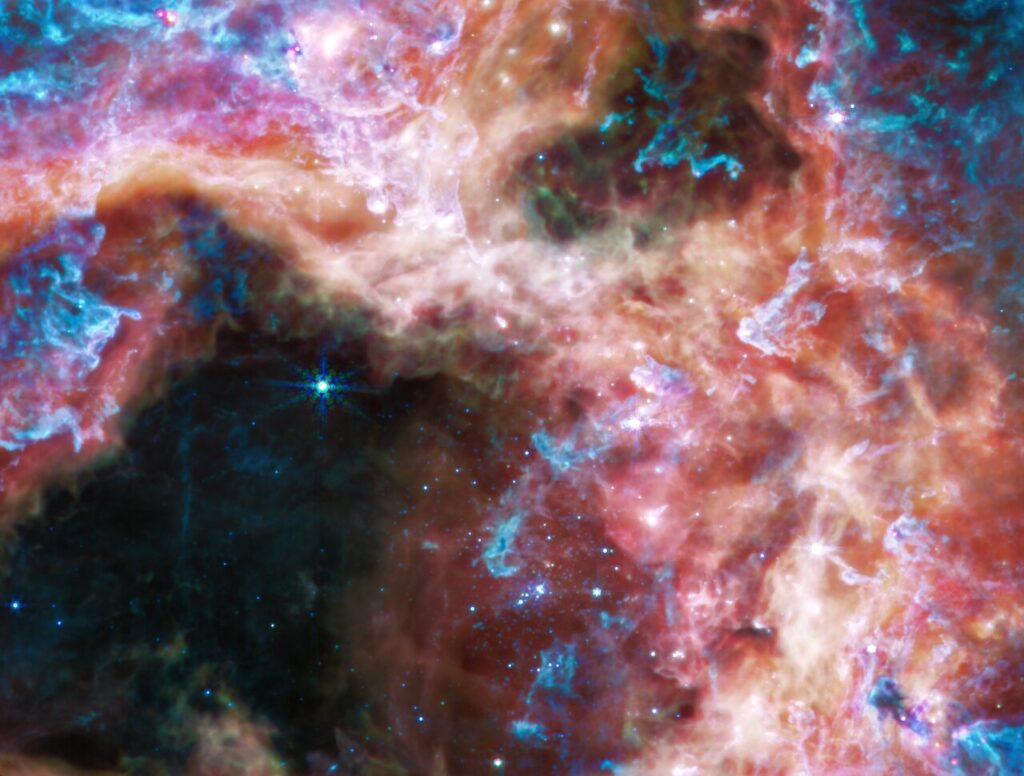
Uno dei motivi per cui la Nebulosa Tarantola è interessante per gli astronomi è che la nebulosa ha un tipo di composizione chimica simile a quella delle gigantesche regioni di formazione stellare osservate nel “mezzogiorno cosmico” dell’universo, quando il cosmo aveva solo pochi miliardi di anni e la stella la formazione era al culmine. Le regioni di formazione stellare nella nostra galassia, la Via Lattea, non producono stelle alla stessa velocità furiosa della Nebulosa Tarantola e hanno una composizione chimica diversa. Questo rende la Tarantola l’esempio più vicino (cioè, più facile da vedere in dettaglio) di ciò che stava accadendo nell’universo quando ha raggiunto il suo brillante mezzogiorno. Webb fornirà agli astronomi l’opportunità di confrontare e confrontare le osservazioni della formazione stellare nella Nebulosa Tarantola con le osservazioni profonde del telescopio di galassie lontane dall’attuale era del mezzogiorno cosmico.
Nonostante i migliaia di anni di osservazione delle stelle da parte dell’umanità, il processo di formazione stellare conserva ancora molti misteri, molti dei quali dovuti alla nostra precedente incapacità di ottenere immagini nitide di ciò che stava accadendo dietro le spesse nubi dei vivai stellari. Webb ha già iniziato a rivelare un universo mai visto prima e sta solo iniziando a riscrivere la storia della creazione stellare.
Il confronto
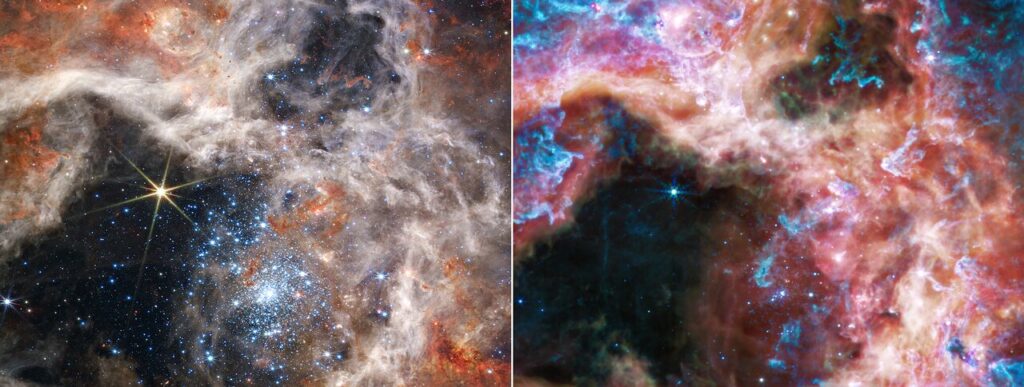
Una visualizzazione affiancata della stessa regione della Nebulosa Tarantola mette in evidenza le distinzioni tra le immagini del vicino infrarosso (più vicino al rosso visibile, a sinistra) e del medio infrarosso (più lontano dal rosso visibile, a destra). Ogni porzione dello spettro elettromagnetico rivela e nasconde caratteristiche diverse, rendendo i dati in diverse lunghezze d’onda preziosi per gli astronomi per comprendere la fisica in atto.
Fonte: https://esawebb.org/news/weic2212/?lang
🤜🤜Nel prossimo numero 258 di Ceolum Astronomia tutti i suggerimenti per l’osservazione della Tarantola! Non perdere Coelum – Abbonati Subito
